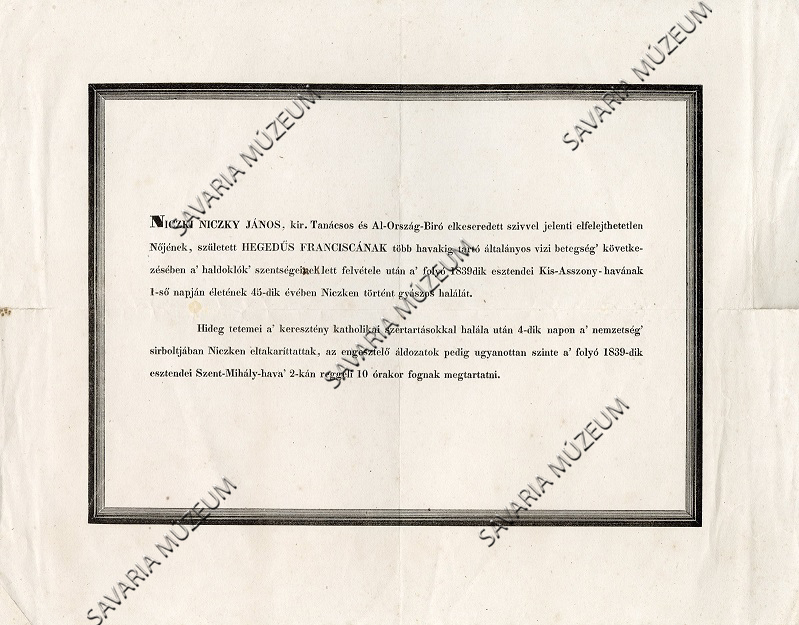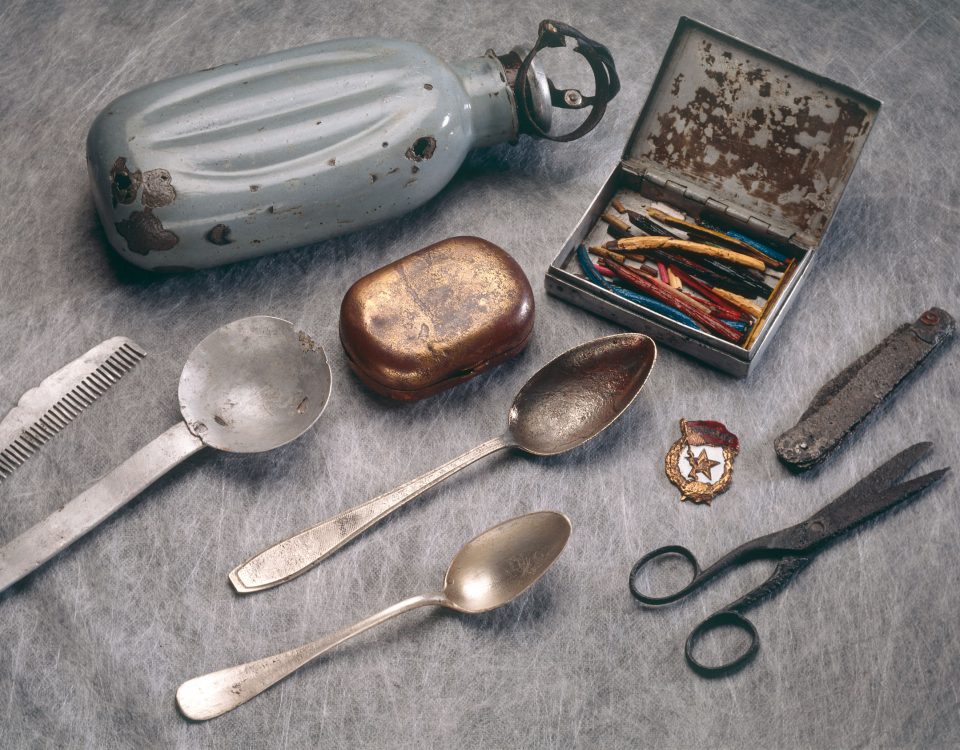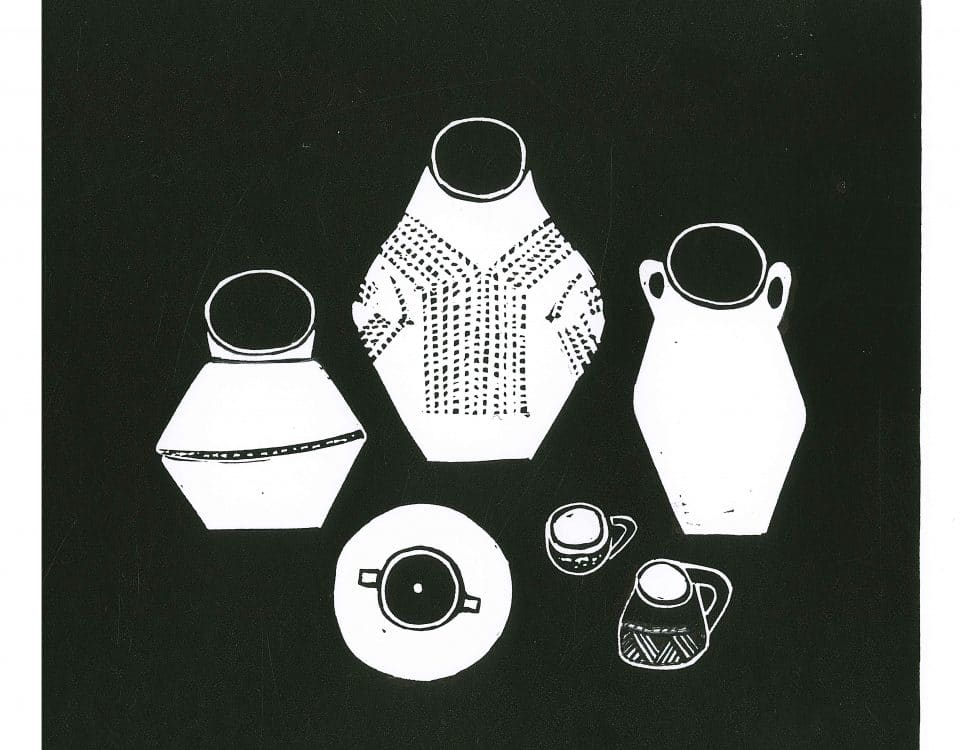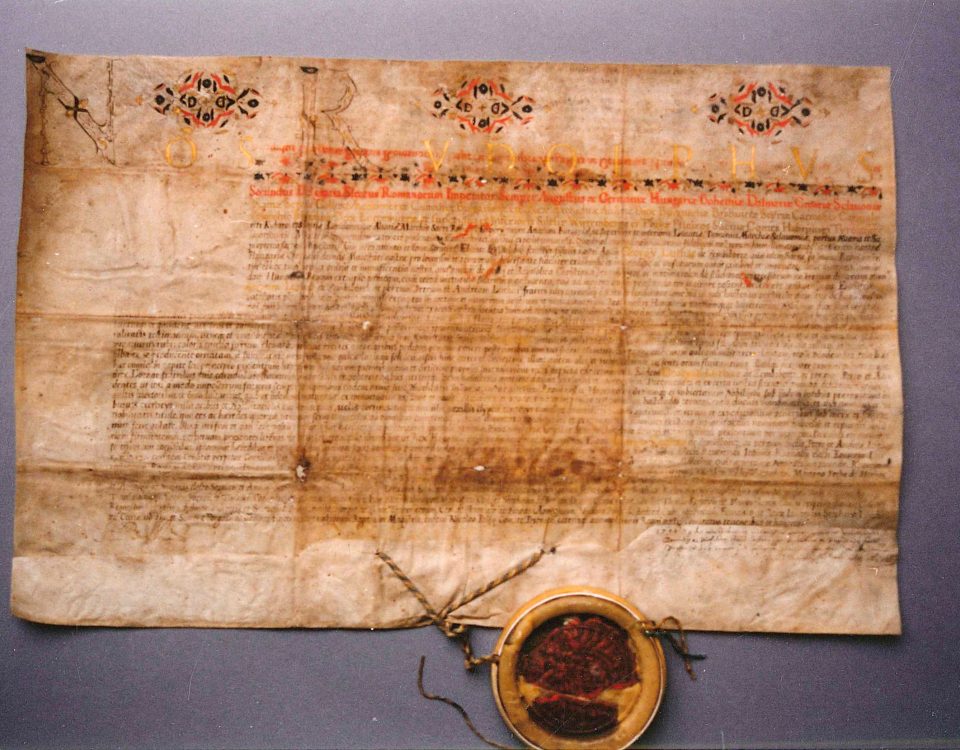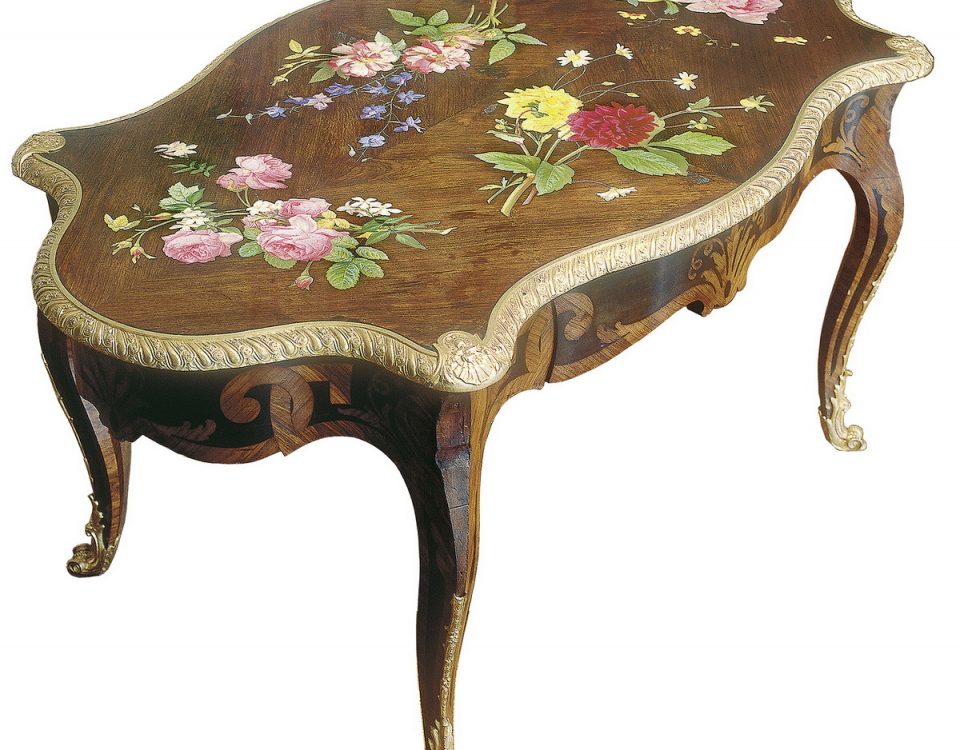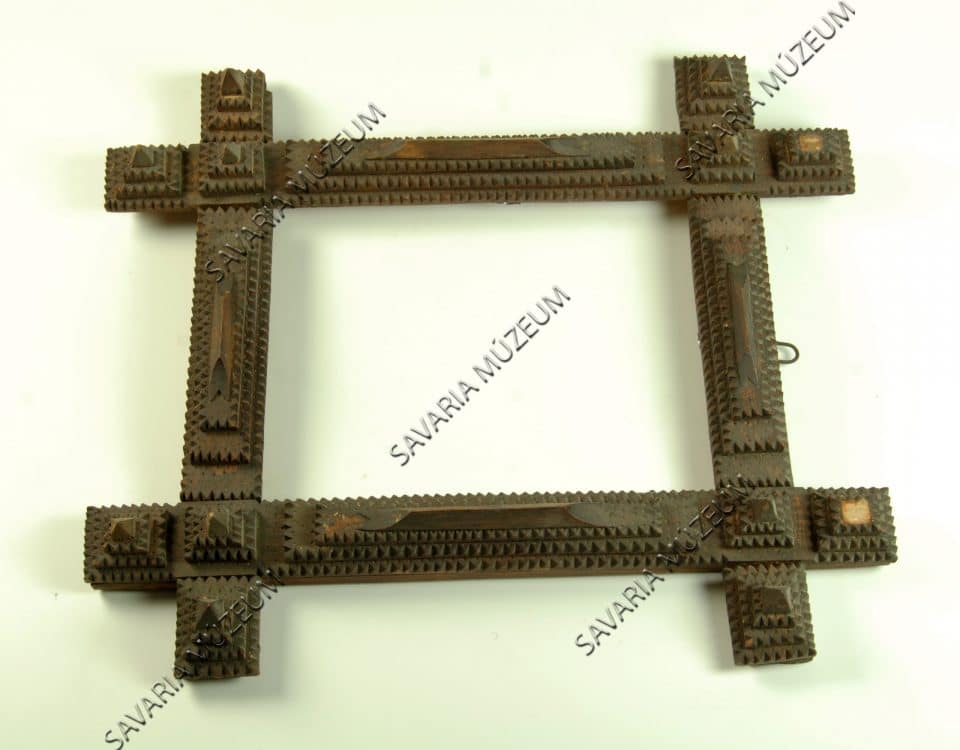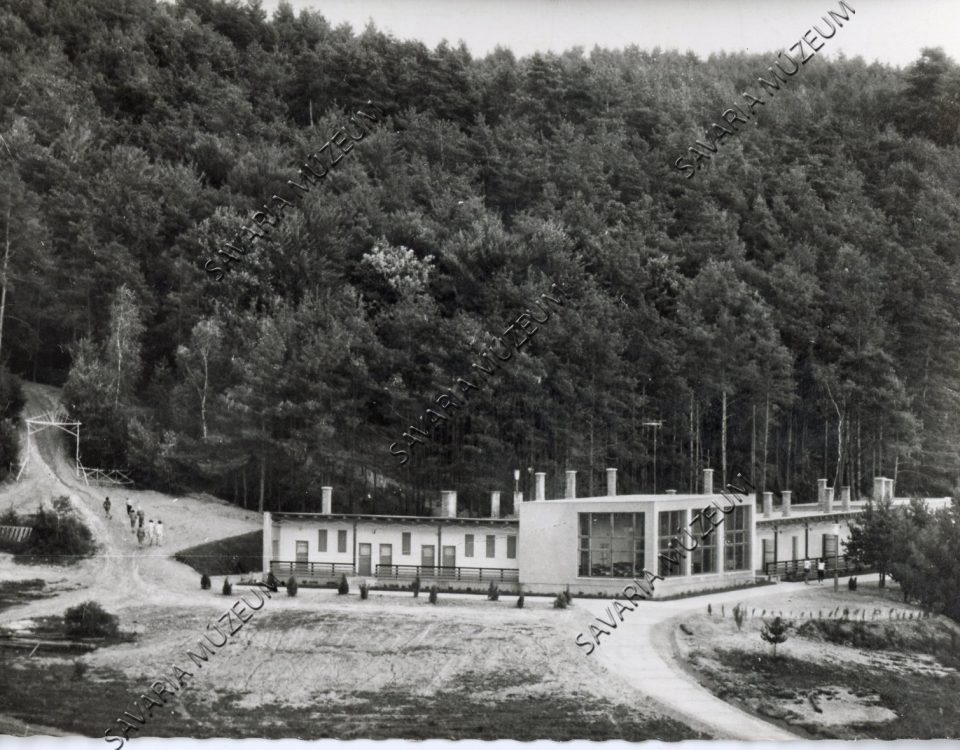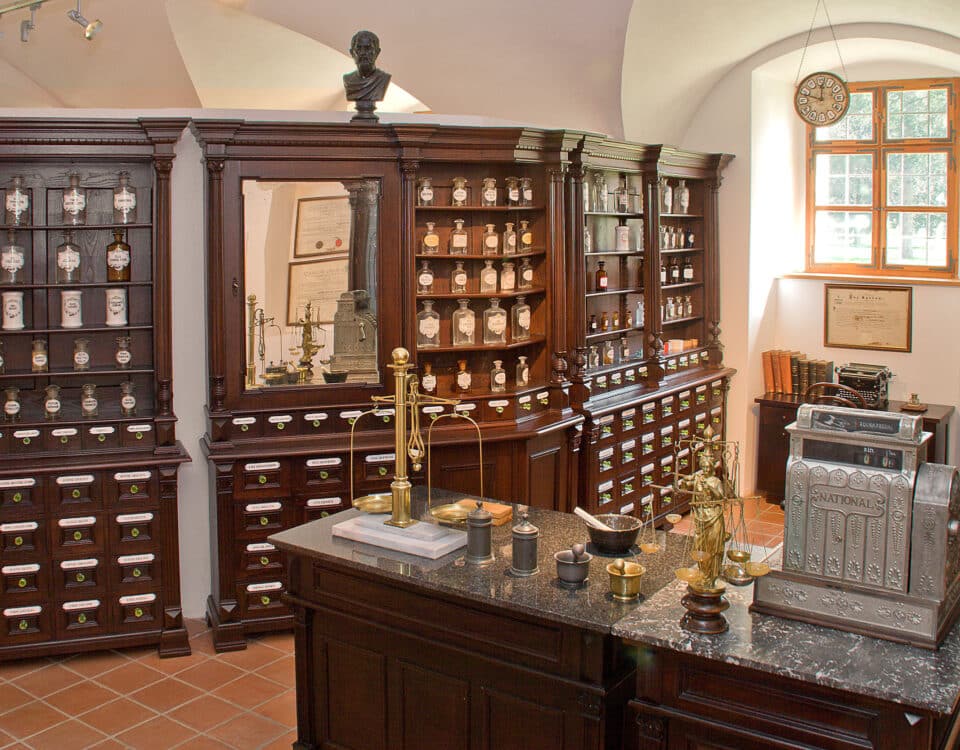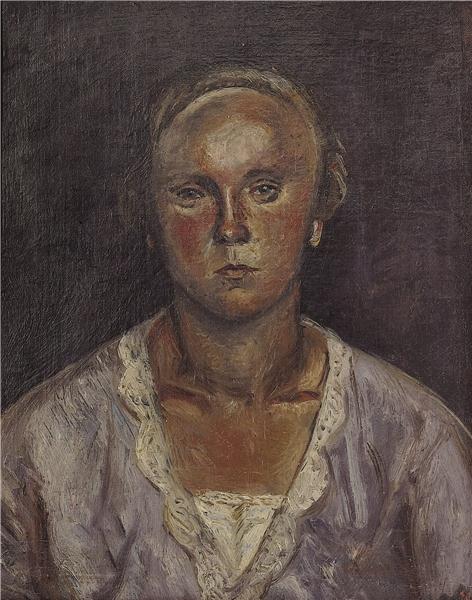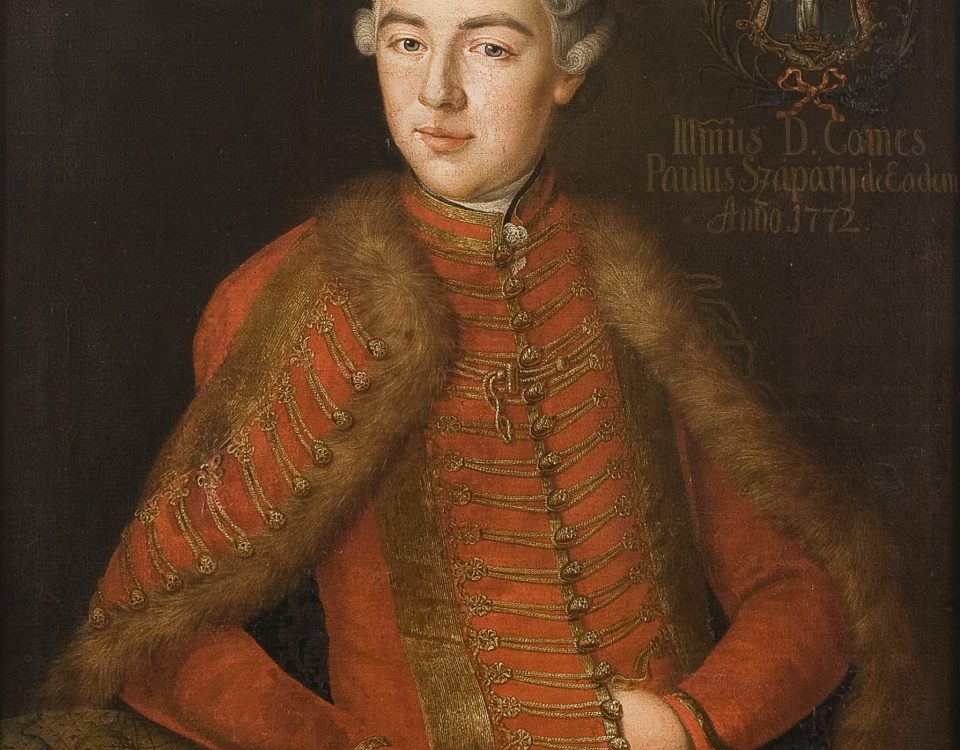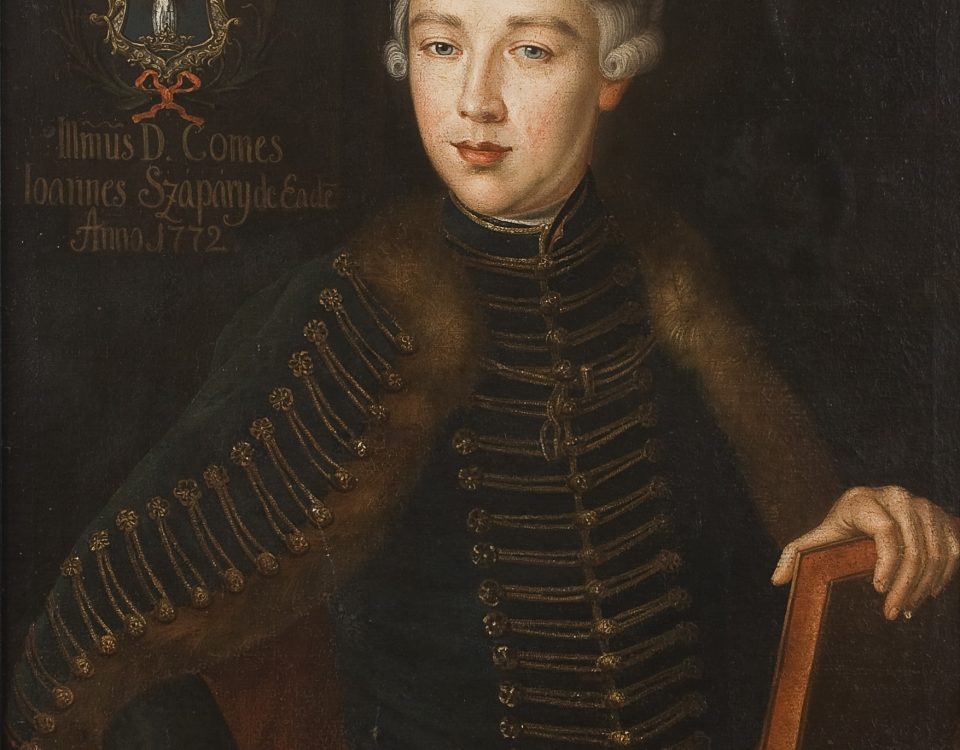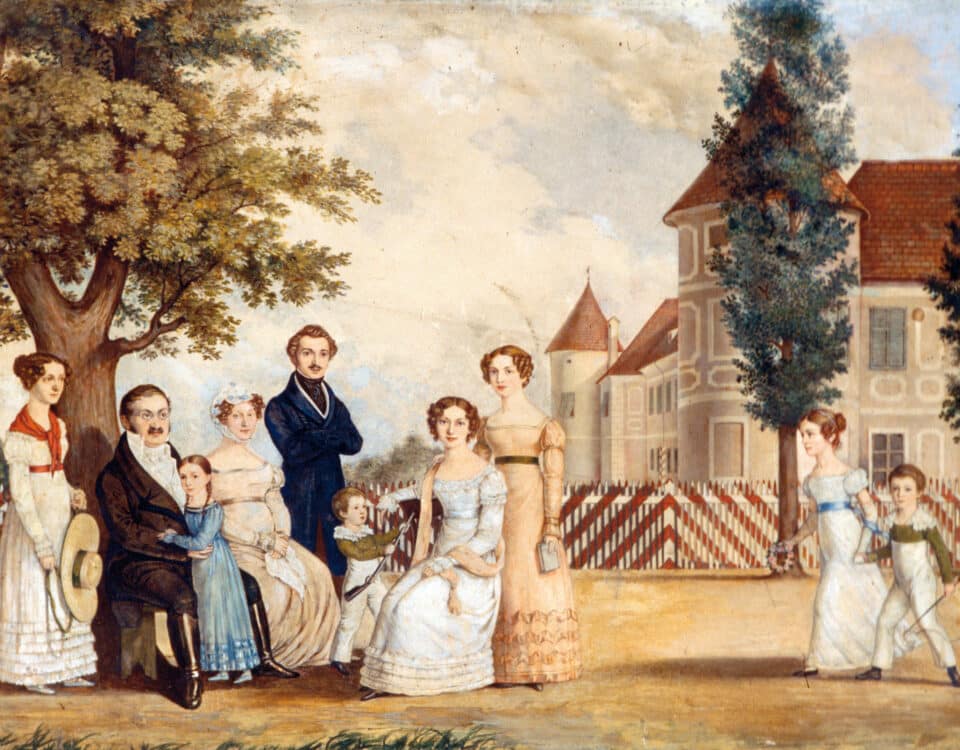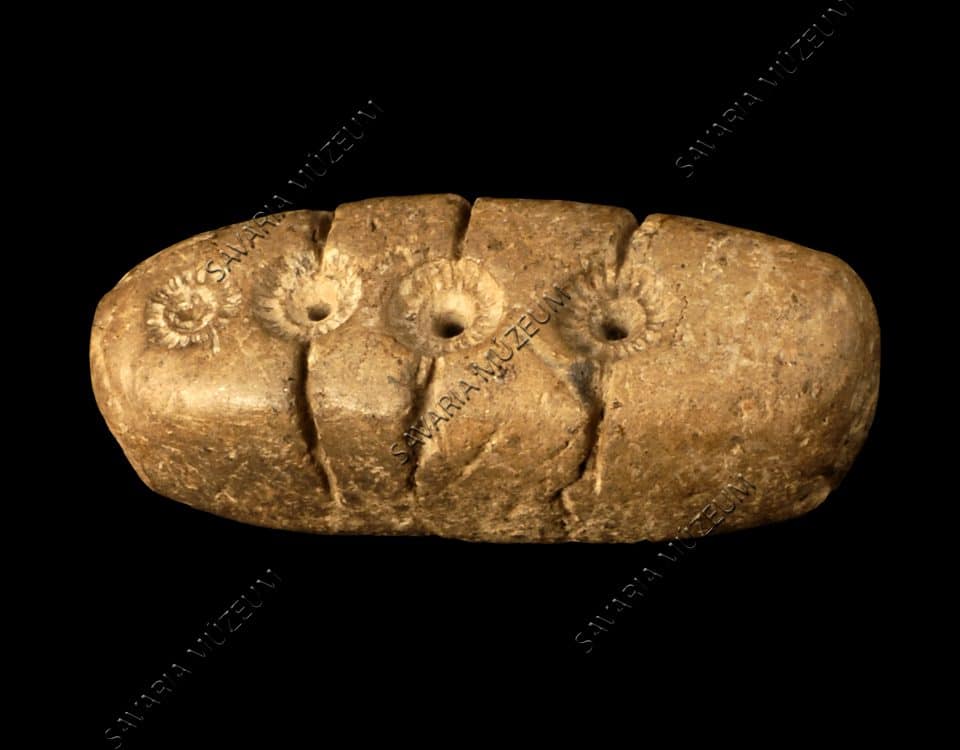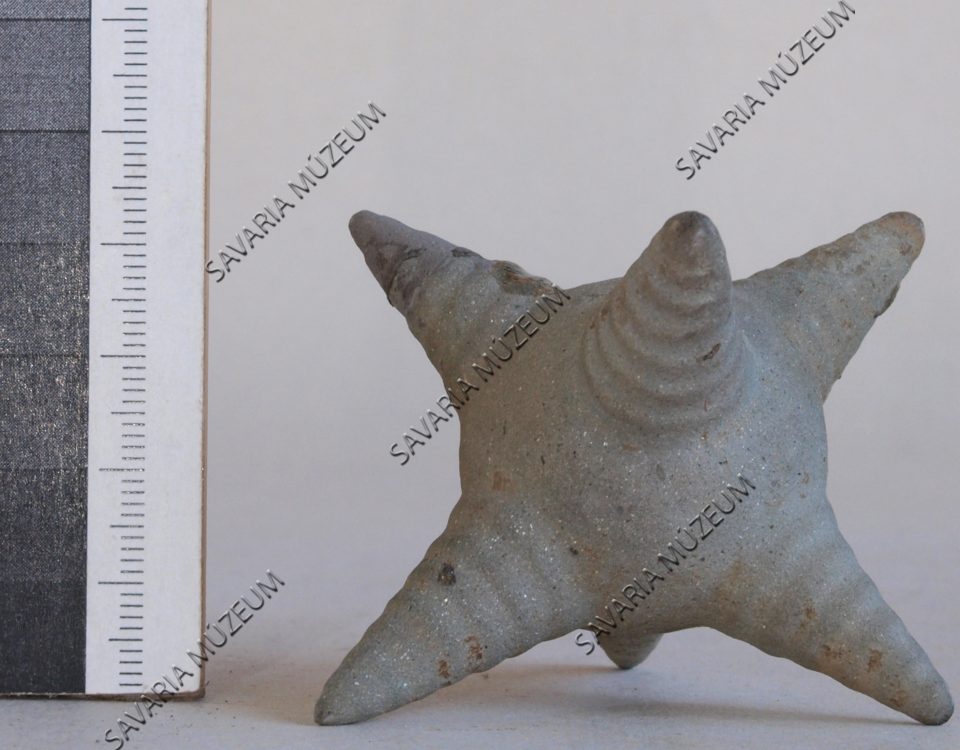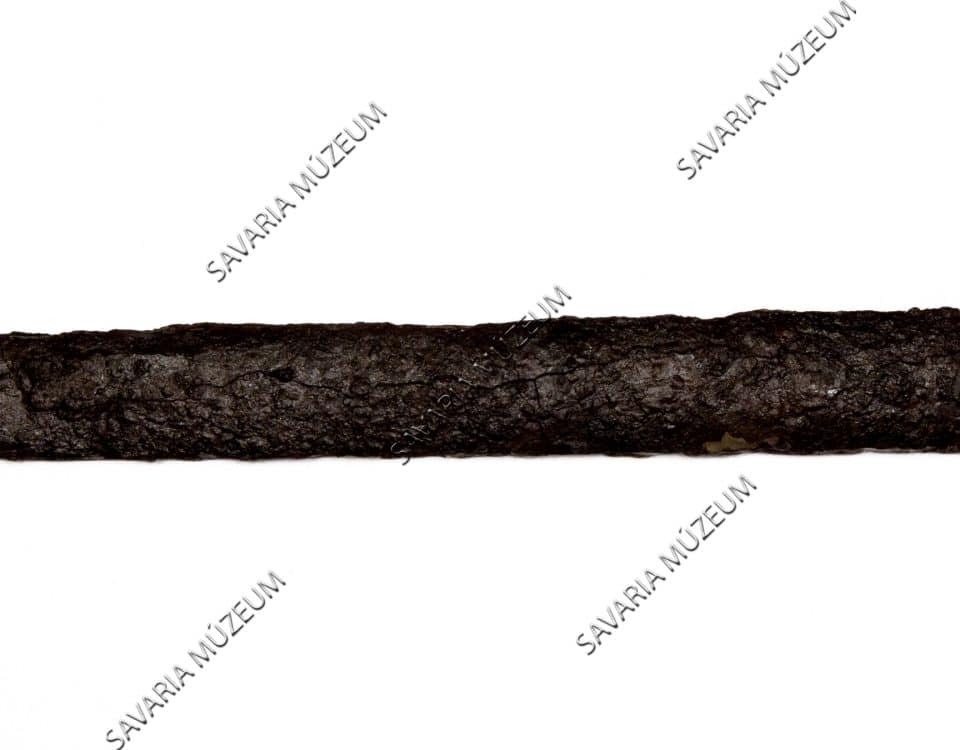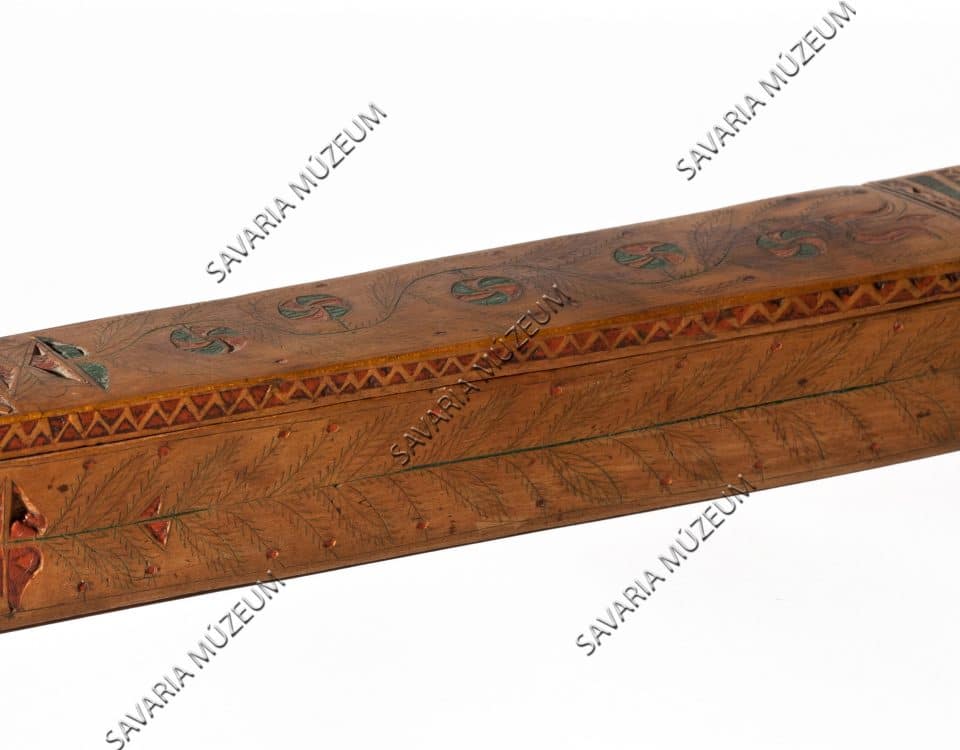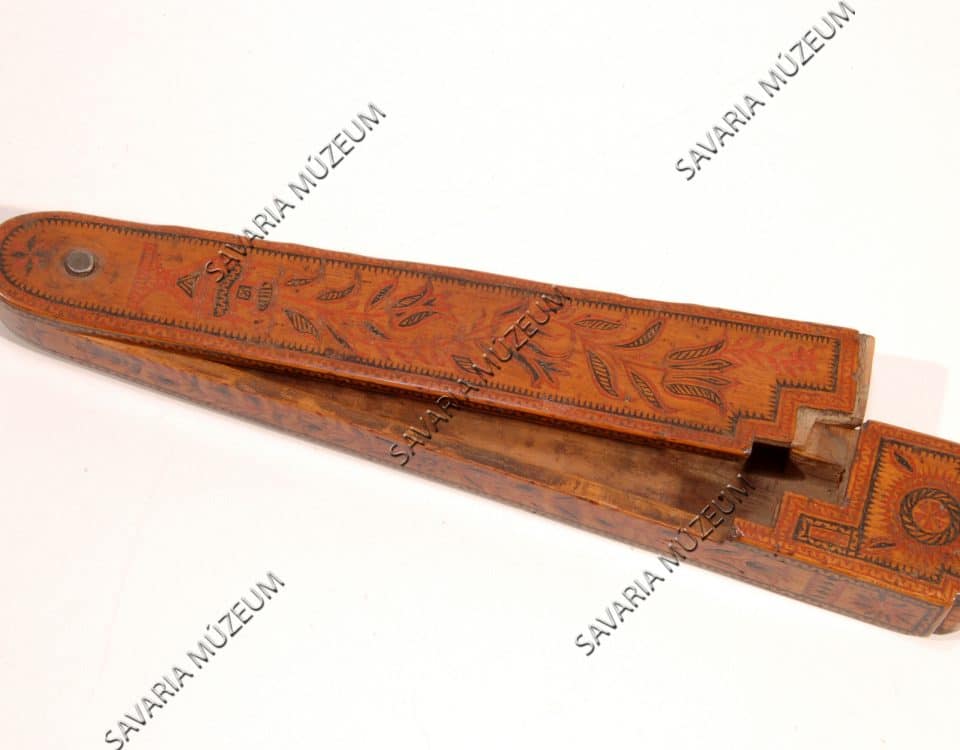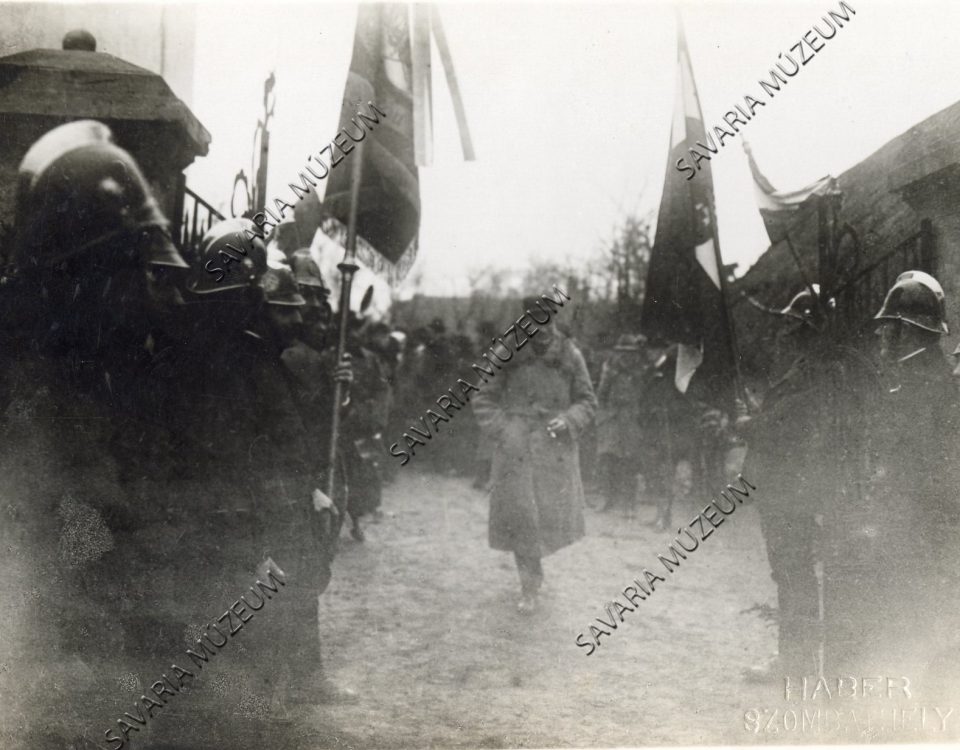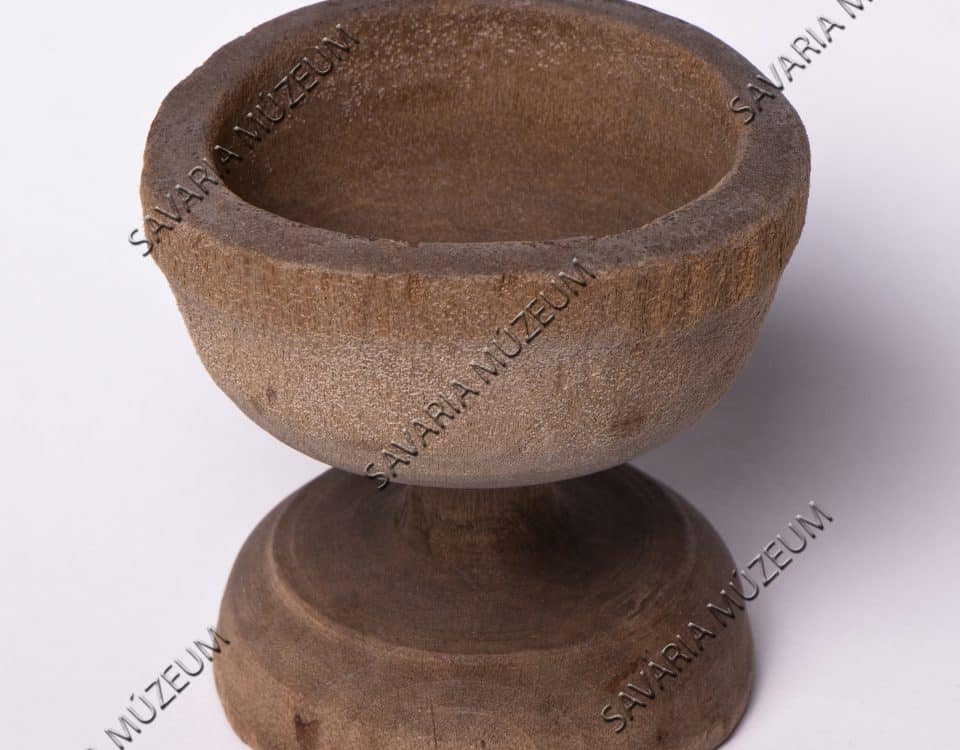This website uses cookies so that we can provide you with the best user experience possible. Cookie information is stored in your browser and performs functions such as recognising you when you return to our website and helping our team to understand which sections of the website you find most interesting and useful.
30. April, 2020
In the obituary, Royal Counselor and Deputy Lord Chief Justice János Niczky announces the death of his wife, Franciska Hegedüs on March 1, 1839, due to hydrops. They come from the ancient Ják Family, dating back to the 13th century. The family flourished, with a prominent member, Kristóf Niczky achieving the highest ranks: he was…
15. May, 2020
In the spring of 1945, four divisions of the Red Army moved through Prekmurje. The first troops came to Prekmurje on 1st of April and, together with the soldiers of Prekmurske čete, freed Murska Sobota and established a military base. On the 4th of April, they freed Lendava. In the battle with the Germans by…
10. February, 2020
The archaeological site Pod Kotom–South near Krog contains the largest and oldest urnfield yet discovered in Slovenia, dating from the early Copper Age (middle of the forth millennium BC). A total of 177 burial urns have been unearthed here. The cremated remains of the dead were placed in handmade pottery vessels known as cinerary urns,…
21. April, 2020
The New Baroque set is from the third quarter of the 19th century and is one of the Baroque furniture from the Szapáry Castle. It consists of a sofa, three chairs and an armchair. The typical New Baroque furniture can be seen in the Baroque salon of the Prekmurje Museum.
21. April, 2020
The parlor table is part of the current furnishings of the Baroque salon of the Murska Sobota Prekmurje Museum. It is made of several types of wood (oak, rosewood and poplar veneer). The table top is decorated with four bouquets of flowers painted on porcelain. The porcelain insert on the wooden panel was hand painted.…
4. March, 2020
Made of 4-cm wide wood, with decorated edge, doweled in a cross shape. Three layers of plates of different sizes and shapes (mostly cone-shaped and rectangular) are glued to the wood. A wide frame is glued and nailed to the back of the frame.
30. April, 2020
Pioneer Camp of Apatistvánfalva The camp was built in the 1960s, and it was operational in 1964. Partially done in social work, with the contribution of employees at the factories, schools and public institutions in Szentgotthárd. It was used to provide camping
15. May, 2020
In Beltinci Castle, the exhibition, “The Pharmacy Collection of the Pomurje Museum”, can be found. The collection contains the equipment of the former Bölcs pharmacy in Murska Sobota, from between 1892-1950, and is comprised of the furniture from the pharmacy's sales section, containers, documents, and other equipment. The equipment of the premises for the preparation…
18. August, 2020
A girl with a high forehead and round face is painted half-length. She wears a dress with V-shaped neck and a white collar. Special tone accent is her brownish skin and plastic uniformity of her head. Her complexion in depicted smoothly, the skin in stretched. She directs her look severe to the front, her face…
11. February, 2020
Baron Pál Szapáry (1753-1825) can be seen in the picture in ornate costume. He hides his left palm in the folds of his hussar uniform, and places his right palm on the globe. His dress is solemn: fur-lined, a gorgeous red hussar uniform, with a green belt. His wears a greyish-white wig, his looks straight…
10. February, 2020
He was born in 1754, one year after his brother, Pál. He died in Buda in 1815. During his life, he held many distinguished positions, and in 1778 he was appointed Consul of Rijeka by Empress Maria Theresa. In the portrait he is shown in a green hussar uniform with a red belt. He holds…
18. August, 2020
The Gyika family members are portrayed on this painting. On the left, the one-storey mansion is shown, separated from the park by a picturesque white-red painted fence. The family of Konstantin Emanuel (1780-1825), including his wife, Anastasia (neé Dadányi), and their children, consisted of ten members. They are wearing Biedermeier-style clothing and are painted under…
19. February, 2020
Cylindrical clay object, rounded at both ends. On the front, where the decorations are located, it is flattened. It has 4 embossed circular patterns with radial shapes. There is a deeper hole in the middle. There are deeply cut parallel, linear decorations on the sides of 3 of the 4 circles. Its function is controversial…
10. February, 2020
Star-shaped rattle made of clay, fired to gray color. Its tips are grooved, the inside is hollow, with several little balls in it. It was found in the object no. 126, which was a grave of a young adult (presumably male), buried following the scattered ash ritual. The clay rattle was discovered during the excavation…
19. February, 2020
Iron sword in its sheath. Wood remains were also found around the hilt. The sheath protector is missing. With semicircular hanging ring. It was found in Object 793, a tomb of a 30-40 year old man buried in an East-West orientation, in extended position. The object was discovered in 2004 at a digging led by…
31. March, 2020
Carved from hardwood, chiseled, with colored wax inserts. It was used in the second half of the 19th century in Csákány. On the back it reads: Made by Pál Szalai for Mihály Német in 1868 in Szombathely.
4. March, 2020
Razor case with colored way inserts forming floral motifs, with rotating lid. The body is a hollowed-out piece of wood, the pivoting lid is installed with a lead pin. The cover and the sides of the case are decorated with colored wax inserts. It is a little decayed, worm-eaten.
30. April, 2020
The reannexation festivity of Felsőcsatár (at that time Alsócsatár and Felsőcsatár) was organized on January 10, 1923 in the schoolyard. In 1921, the Boundary Committee for the implementation of the Trianon Peace Treaty first awarded Felsőcsatár to Austria, but due to local residents' protests, a conciliation followed. By a resolution of the Council of the…
15. May, 2020
Roman gravestone, dedicated to Vibenus, Marciae Crispina and Marcio Vibiano, that was said to have been found in 1810 around Dolga vas. The upper part of the tombstone is carved into two lions lying down, between them is the head of a bearded old man. The niche of the tombstone is filled by the portraits…
31. March, 2020
A wooden, turned salt holder. The letter H is carved in the base, donated by József Hegyi, the “H” is probably referring to him. The holder piece is, for some reason, not circular, but as if it was deformed, asymmetric. It was used in Kerca.

